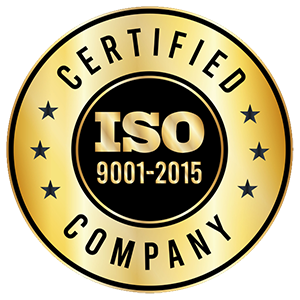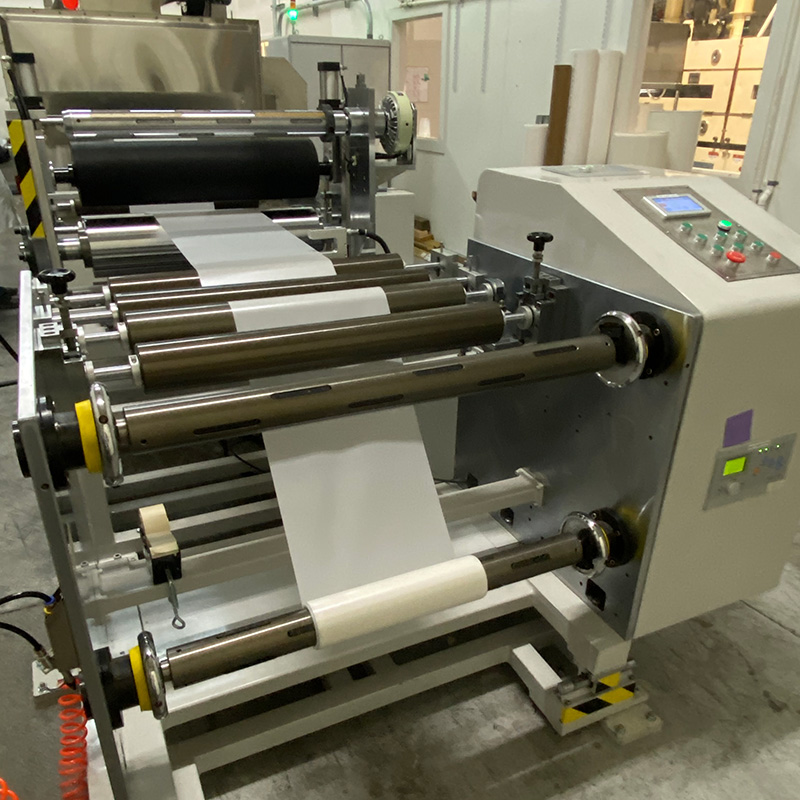The roll-to-roll coating process is an industrial coating process used to coat or print a fluid on a substrate material. It involves passing the material from one roller to another.
The roll-to-roll coating process consists of several rollers (web path). To get a deeper understanding, below we have identified many of the different roll-to-roll coating processes used in a wide array of industries.
Exploring the Different Types of Roll to Roll Coating Methods
The roll-to-roll coating process consists of many techniques, each used for a variety of applications. Below, we discuss some of the main techniques used in the roll-to-roll coating process.
A. Air Knife Coating
Air-knife coating involves using an air jet to control the thickness of the coat. This method is an alternative to using a knife blade to scrape off the excess layer and uses air to blow the extra coating off the material.
B. Knife Over Roll Coating
Knife-over-roll (KOR) coating involves a precision knife blade with an adjustable gap between the knife and the roll, allowing for thickness uniformity. KOR is generally used to apply thick and viscous coatings on the material.
C. Gap Coating
Gap coating is similar to KOR but involves passing a substrate material through a gap between the support roller and another stationary round roller. The coating squeezes out through the slot and onto the substrate. The coating gap is increased to increase the thickness and width of the coat.
D. Hot Melt Coating
Hot melt coating involves applying heat and pressure to a thermoplastic coating that is then forced onto the substrate material (usually through a slot die) and allowed to cool and solidify. It is used to apply uniform coats on a substrate material.
E. Immersion (or Dip) Coating
Immersion coating, or dip coating, is a coating process that involves submerging a substrate material in the coating in a pan or tank configuration. The material is then dried in line after exiting the tank .. This process is widely used for bulk coating fabrics or other materials.
F. Metering Rod Coating
Metering rod coating involves accurately metering the amount of liquid polymer applied to the substrate material. In this case, the pre-coat flood or the excess coating is applied to the substrate material before it makes contact with the rod.
G. Slot Die Coating
Slot die coating involves applying slurry and thin films onto flat substrate materials such as plastic films. The polymer is delivered to the material through a narrow slot.
H. Curtain Coating
The curtain coating process involves creating an uninterrupted and continuous fluid fall through which substrate material is passed at a uniform speed.
I. Extrusion Coating
Extrusion coating involves a substrate material coated by a molten coat of synthetic resin at high temperatures. The versatile technique is used in applying plastic onto substrate materials.
What is Appropriate For Your Application?
When choosing a roll-to-roll coating process for your application, here are some things you need to remember to make an informed choice:
- Nature of the substrate material
- The thickness of the coat
- Coat uniformity
- Cost of the coating process
- The time that is taken by the coating process
Conclusion
Understanding the different types of roll-to-roll coating processes can help you make an informed decision as to which one is appropriate for your application.
National Polymer is a leading polymer R&D and manufacturing company specializing in formulation chemistry, deformulation, reformulation, engineered coating technologies, batch optimization, pilot coating, and production. To learn more about our capabilities, call us today at (800) 679.0477.



